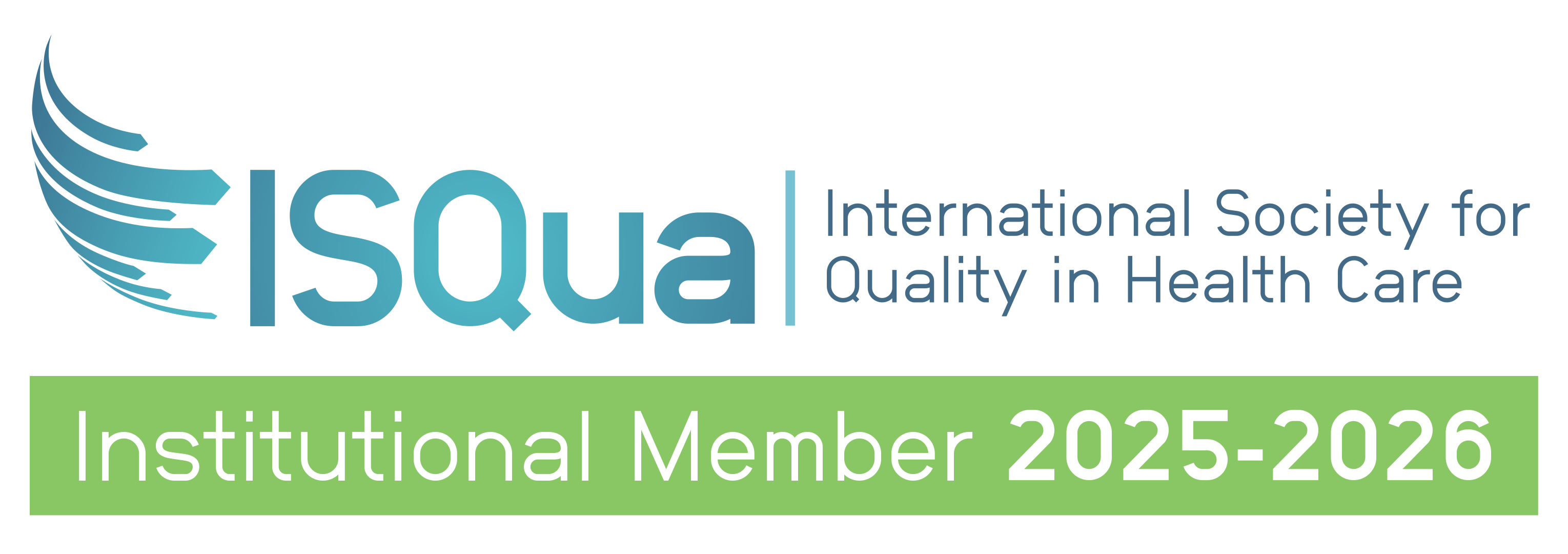
Lower patient complications and fewer hospital acquired injuries
Insights and Trends from Australia’s Largest Healthcare Data Report- The Australasian Clinical Indicator Report for 2015 – 2022.
Improved patient care by healthcare services has led to decreased complications for day patients and a decline in pressure injuries acquired while in hospital, reports the latest edition of the “Australasian Clinical Indicator Report 2015 – 2022” (ACIR) published by The Australian Council on Healthcare Standards (ACHS).
The Report provides a comprehensive overview of healthcare performance utilising patient-centred clinical indicators. The ACIR remains the most enduring report on clinical indicator-based health performance data in the world, consistently capturing data and measuring trends over 30 years. This report assists organisations to improve within a national context.
This year, the Feature Report reviews the average time it takes healthcare organisations to improve performance after poor performance has been recorded. It shows that when an organisation is flagged for poor performance it takes a median of 1.5 years for performance to return to their peer group level.
Key improvements:
The Report provides a comprehensive overview of healthcare performance utilising patient-centred clinical indicators. The ACIR remains the most enduring report on clinical indicator-based health performance data in the world, consistently capturing data and measuring trends over 30 years. This report assists organisations to improve within a national context.
This year, the Feature Report reviews the average time it takes healthcare organisations to improve performance after poor performance has been recorded. It shows that when an organisation is flagged for poor performance it takes a median of 1.5 years for performance to return to their peer group level.
Key improvements:
- In 2022, 43 clinical indicators showed statistically significant improvement across the Australian healthcare sector. Notable improvements are:
- A significant decline in hospital acquired pressure injuries between 2016 to 2022, with a 75.7% decrease in the injuries. Hospital acquired pressure injuries are a major source of hospital related injury and a significant cost to the health system.
- The rate of complications leading to unplanned transfers to hospital or overnight admissions in the day patient setting has had a 54.4% decrease from 2015 to 2022 and remains on a downward trend, representing the increased safety of Australia’s healthcare system for day related procedures such as gastroscopies, colonoscopies, and joint replacements.
These notable improvements are of benefit to Australians, avoiding significant amounts of patient stress, harm, and expense across hospital admissions in Australia.
Notable deteriorations:
Notable deteriorations are areas where the potential to make improvements exist:
- In 2022, 25 indicators were trending in an undesirable direction, showing areas where the most potential to make improvements exist. Notable deteriorations are:
- An increase in waiting times for patients to be medically assessed and treated within 10 minutes at Emergency rooms across Australia. Assessment and treatment within 10 minutes has dropped from 76% to 67% reflecting the ongoing decline which intensified since the COVID-19 pandemic.
- The rate of mothers with an intact perineum post childbirth continues to decline, from 14.5% to 8.9% for natural births. This decline may be due to the lack of education for mothers’ pre-childbirth, an older population of mothers, and an increasingly “risk averse” population.
ACHS President, Professor Len Notaras AO, said “This report provides invaluable information to clinicians to propel enhancements in healthcare quality, fostering a precise measurement into areas of improvement. This dataset, of over 27,000 data submissions, continues to be unparalleled globally in its statistical richness and depth,” he said.
Contact: Gemma Puplett, Marketing Manager on (02) 8218 2730 for more information

